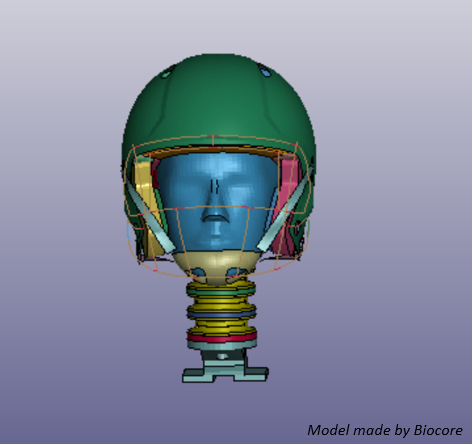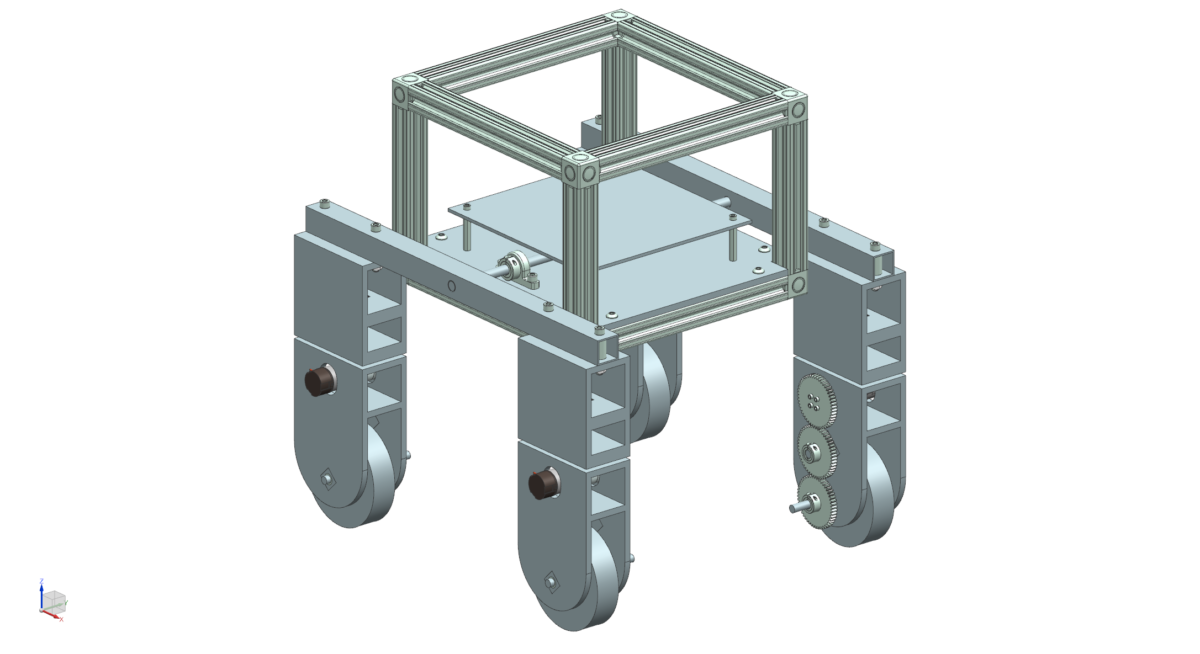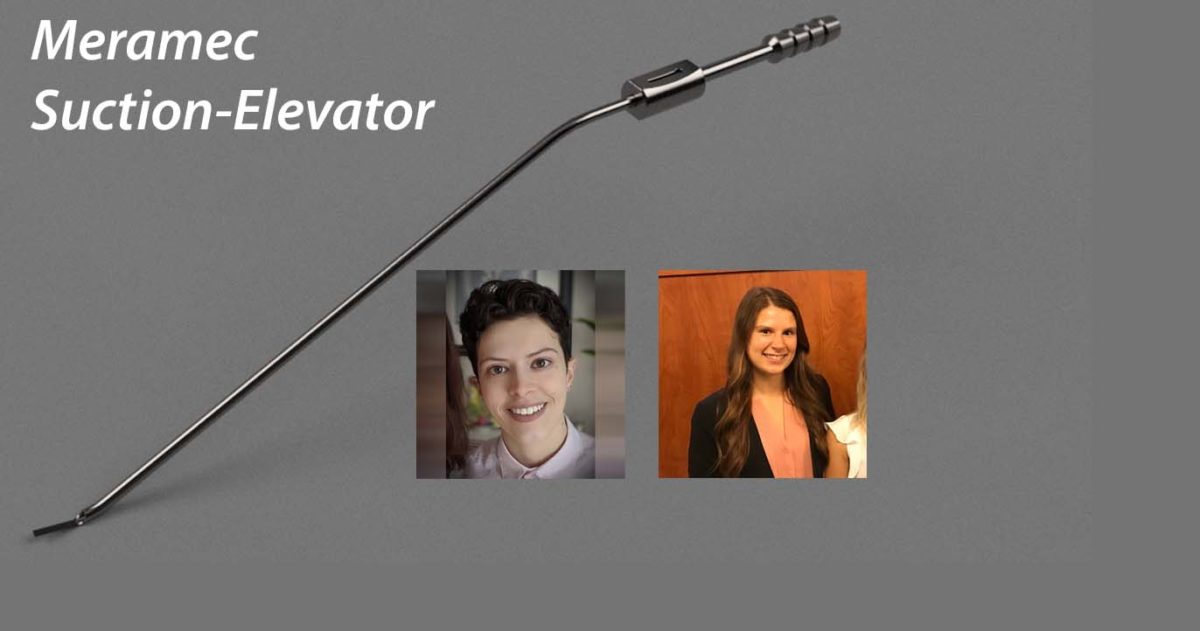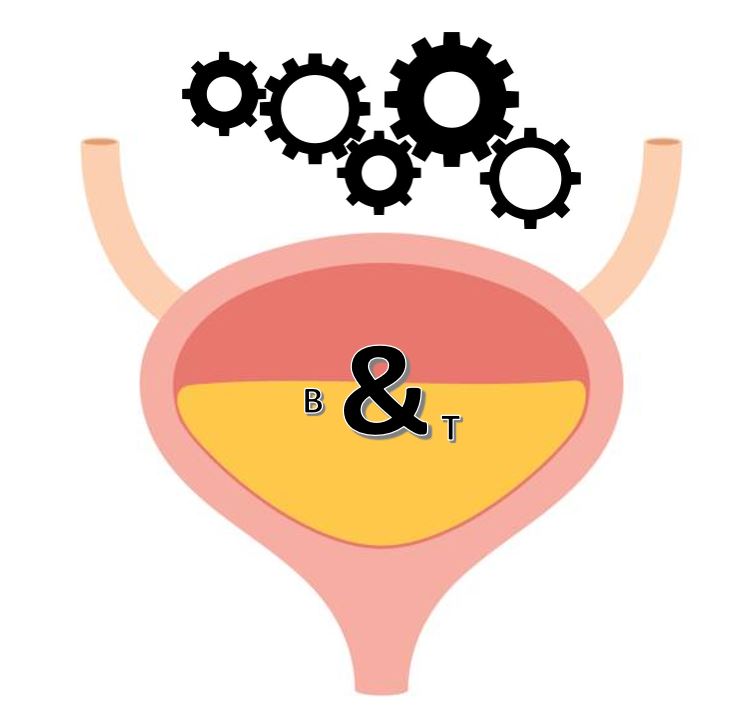
Global Health Archive
NFL Helmet Challenge
April 22, 2020
Helmets in the NFL are not effective enough to safeguard the health of the players. Players sustain concussions which can not only bench them, but leave life-long brain damage from the accelerations experienced during impact. As part of the project to improve the helmet, simulations were used to test material properties of different components of football helmets, such as hard foams, soft foams, and the shell. Data from the simulations were analyzed with performance metrics provided by the NFL.






